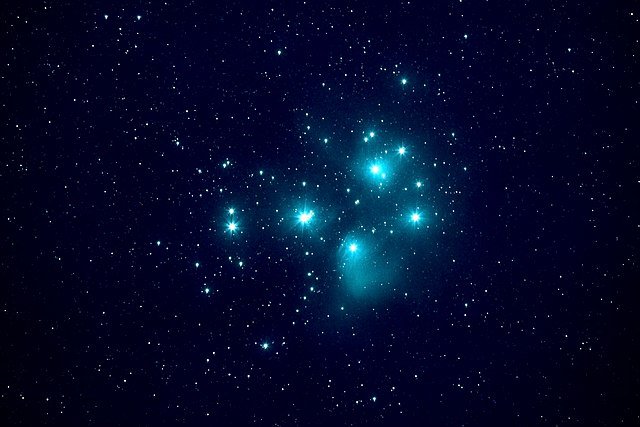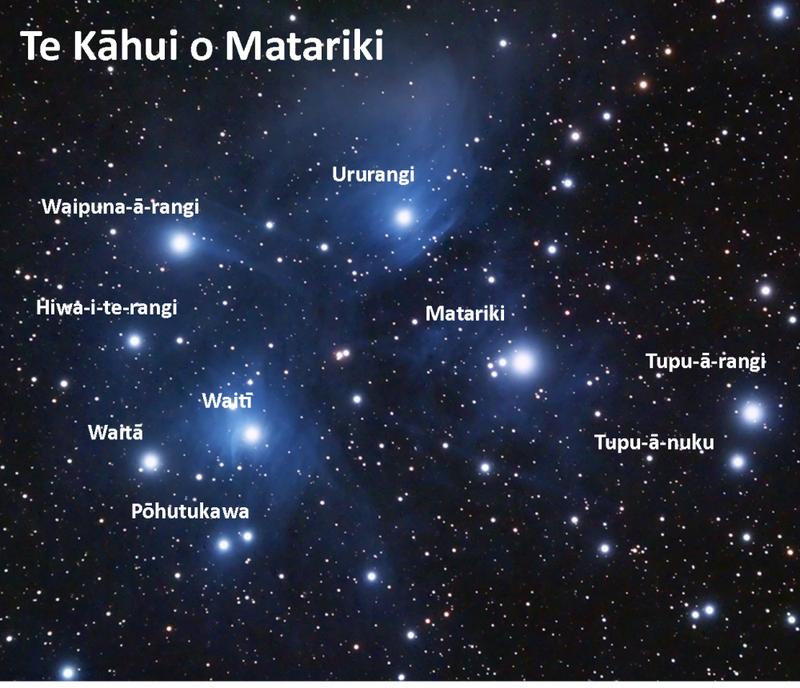Tama Ale Samoa • 18 June 2021
In our short story this week, Tama Ale Samoa looks at the significance of the rising of the Matariki cluster.
 Wikimedia Commons | Juan Iacruz
Wikimedia Commons | Juan Iacruz
With the Māori new year in order, let us look deeper into Matariki and ask the questions: what is Matariki? Who is Matariki? What is the significance of Matariki?
Matariki is the brightest star in the constellation of Pleiades, or known to Māori as Te Kāhui o Matariki.
According to Māori, there are nine stars in the constellation of Pleiades. Matariki is the mother and her children are Waitī, Waitā, Waipunarangi, Ururangi, Tupua Nuku, Tupua Rangi, Pōhutukawa and Hiwaiterangi. When the constellation rises in the east, during the sixth lunar month, just before the sun, it signals the Māori new year. This is a time to rest, reflect, farewell the old and welcome the new.

There are two practices that take place during Matariki.
One practice is focused on our deceased. Matariki is a time where we place the spirits of our dead upon the waka of Rangi (another constellation) and from there they will take their final journey to the place where Rangi, with his fishing net, gathers all the spirits together and cast them into the sky to become stars. This is where the popular Māori belief that we become stars when we die comes from.
The second practice is slightly like the modern idea of New Year's resolution. This practice involved wish-making and future planning. Hiwaiterangi is the star we send our wishes to. The other stars from the Matariki cluster, besides Pōhutukawa, act as a whole year forecast for weather, crops forecast, fishing conditions, and health. To better understand this, we must look at each star and its significance.
- Waitī – Freshwater
- Waitā – Saltwater
- Tupua Nuku – Food that grows in the ground
- Tupua Rangi – Food that grows above us i.e. berries, birds
- Ururangi – Connected to the winds
- Waipunarangi – Connected to rain
During the early mornings of the last quarter phase (Tangaroa) of the sixth lunar month (Pipiri), our tohunga (experts) will take their reading, predict the conditions for the year ahead, and plan accordingly. For example, if the star Waitī is shining bright, they know it will be a good year for freshwater food sources. If Ururangi is dim and hard to see, they know that the year ahead is going to be a very windy year, and so on and so forth.
Matariki is a time to farewell the old and prepare for the new.


